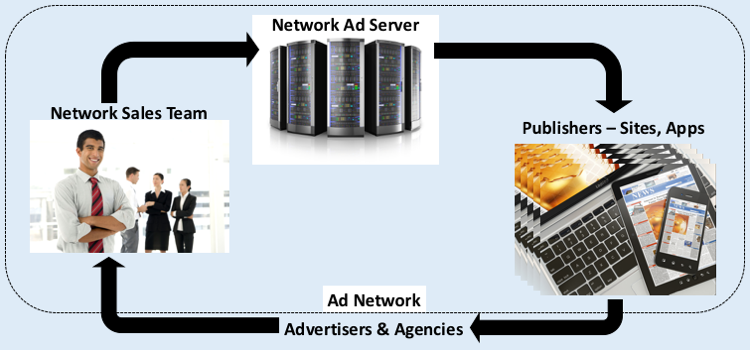





Programmatic Display has experienced rapid growth over the last few years. It represents a significant evolution from its forerunner – the Ad Network. This article describes the issues with Ad Networks resulting in Programmatic Display being regarded as a significantly superior alternative.
The Ad Network has these important functional components –
The primary use of Ad Networks was to provide incremental reach amongst long tail publishers. This is increasingly important as share of long tail traffic is substantial. From the publisher’s perspective, the Ad Network offers incremental monetisation for inventory unsold by their sales team.
One important Ad Networks issue is inventory access.
Ad Networks have to compete with programmatic ad exchanges for publisher ad inventory. In addition, Since the sales process of Ad Network is manual, only a few large campaigns execute on each at any given time.
In comparison, Ad Exchanges get a lot many more campaigns through the connected DSPs. This means that the eCPMs (or yield) driven by Ad Exchanges is higher than Ad Networks. So, in order to get ad inventory, Ad Networks have to offer good terms such as minimum guarantees to the publishers. The Ad Network is then under pressure to prioritise usage of this ad inventory (to avoid losses). In this situation, campaign performance usually suffers leading to customer attrition.
In order to ensure that there is adequate ad inventory, Ad Networks work between themselves to share inventory through a process called as daisy chaining. Simply put, the Ad Networks that have more ad inventory than campaigns, supply it to other Ad Networks.
Contrary to expectations, this still happens and can create several issues from an advertiser perspective –
These issues in Ad Networks significantly reduce the attractiveness of this channel for advertisers. In comparison, programmatic display presents a much better alternative.


Write to us for a free consultation